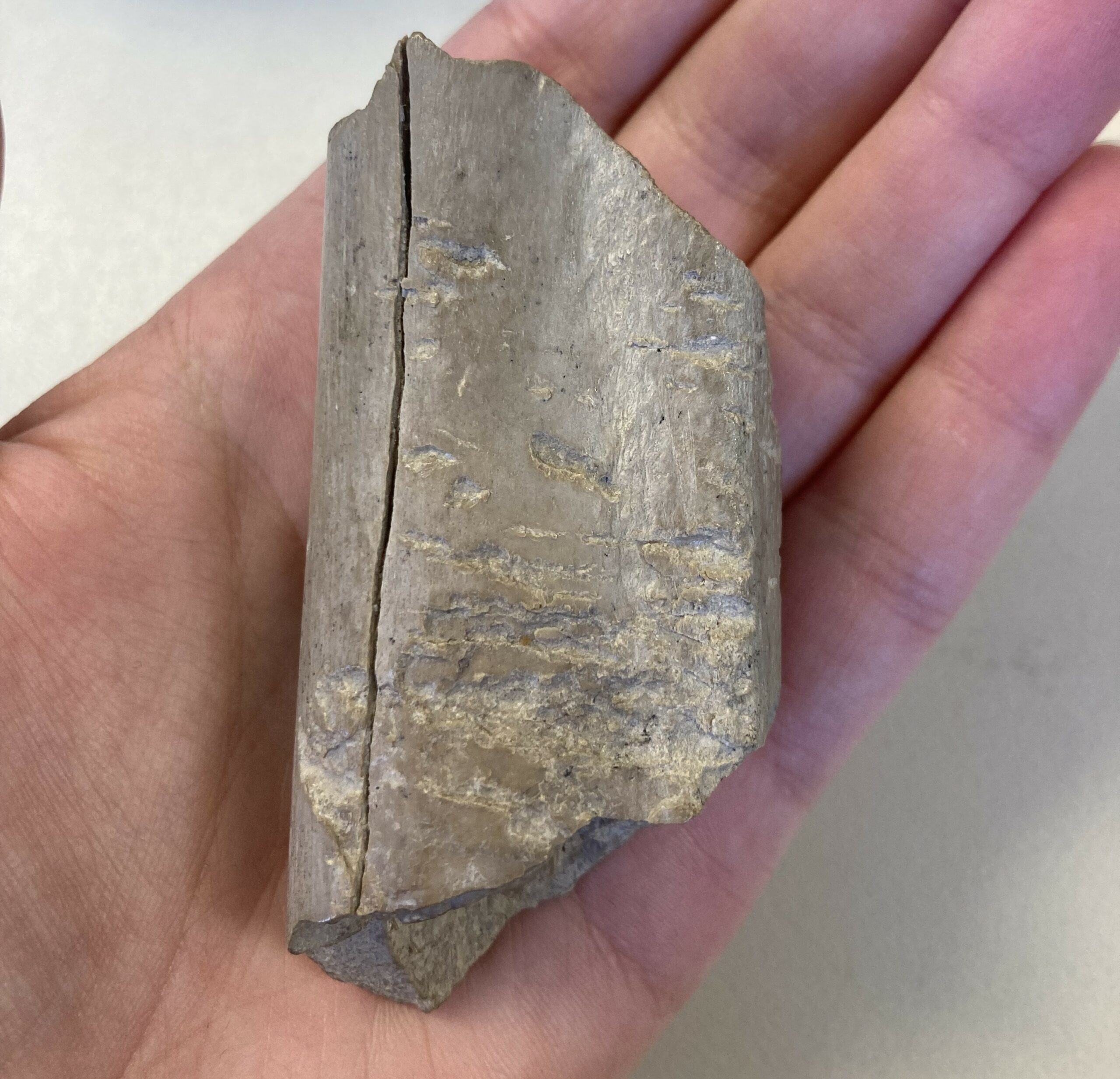As part of the COEXIST project, Anna Wagner (PhD student) spent a week in Tübingen with her co-supervisor, PD Dr Britt M. Starkovich, Curator and Senior Researcher in Zooarchaeology at the Senckenberg Centre for Human Evolution and Palaeoenvironment (SHEP), Institute for Archaeological Sciences, Eberhard Karls University of Tübingen. The training focused on identifying and interpreting taphonomic processes in faunal assemblages, a key aspect of understanding past environments and human behaviour.
Dr Starkovich led an in-depth introduction to taphonomy, followed by hands-on work with assemblages from sites such as Geißenklösterle, Wallertheim, Petersfels, and Baaz. These sites, spanning from the Lower to Upper Palaeolithic, provided an opportunity to study diverse patterns of bone preservation and modification across different environmental contexts.
Throughout the week, various taphonomic signatures were examined, including natural weathering, root etching, and water transport marks. Carnivore modifications like gnawing and digestion traces were analysed to distinguish human from non-human accumulation. Special focus was given to anthropogenic modifications, such as cut marks, marrow extraction damage, and burning, offering insights into butchery and food processing practices.
The workshop also included other PhD students working in zooarchaeology or ZooMS, and the collaborative setting proved beneficial. Working together allowed for the exchange of insights, refining identification skills and broadening the understanding of taphonomic processes.
This practical training, using material from both Central European and Mediterranean contexts, will directly support Anna Wagner’s ongoing research within the COEXIST project, enhancing future sampling efforts and contributing to her development as a zooarchaeologist.

